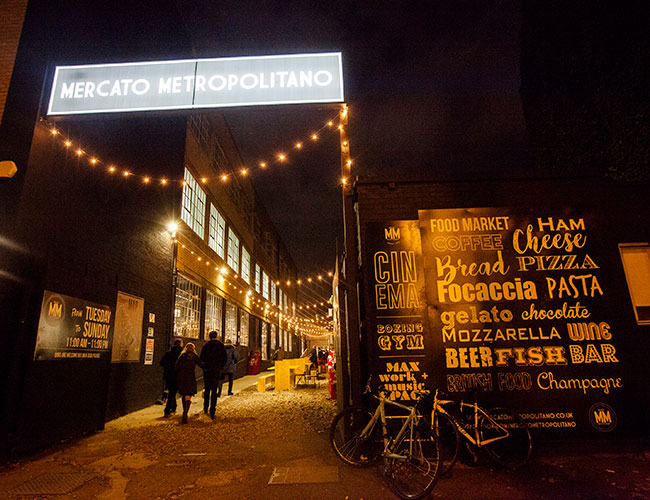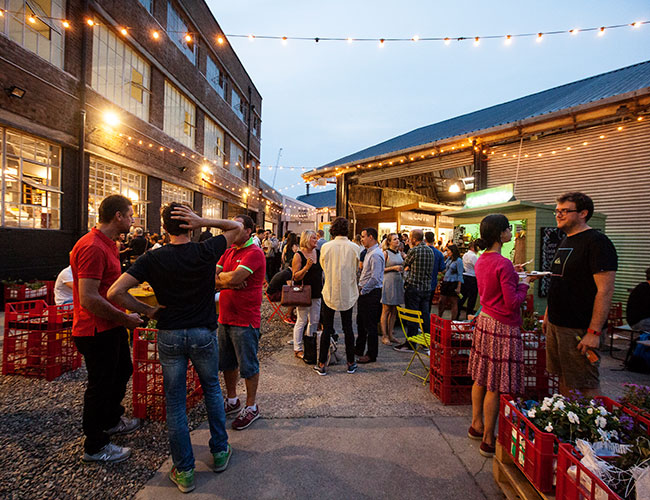Street food trends for 2017
Will Hawkes looks at where to find the best
When Michelin, that arbiter of high-end scoff, decides to award stars to restaurants in Hackney, you know London is changing. The city's best casual dining can no longer be found in its fanciest neighbourhoods; anyone who eats out regularly in the capital is well aware that Brixton and Peckham have more to interest the adventurous glutton than Kensington or Chelsea.
Even so, Mercato Metropolitano is a bit of a shock. This market is in Elephant and Castle, an area known for grim 1960s architecture (much of it now knocked down to make way for pricier dwellings) near one of Europe's busiest and least pleasant roundabouts. It's not the sort of place where you'd expect to find superb Italian street food, but gentrification and its handmaiden, excellent grub, has now come to nearly all corners of the capital. It's a place that exemplifies one of the key trends in casual dining: high-quality food with the minimum of faff.
Where markets lead, casual dining follows Housed in a former paper factory, the 45,000 sq ft Mercato Metropolitano has two elements: a shop and a street food market, of which the latter is more interesting. You'll find food from all over the world here - from Argentine barbecue to Vietnamese curry - plus good beer and wine, but the focus is on Italian food. There are stalls selling pizza and pasta, of course, but also quirkier offerings: deep-fried seafood, for example, or Venetian small plates (the octopus soup is highly recommended).
The benefit of street food is ostensibly lower prices, but also in the focus on a few dishes cooked to perfection. This simple approach is very appealing to modern consumers, says Duncan Parsonage, head of food development at wholesaler Fresh Direct. "What's really interesting for me is the simplicity on offer these days," he says. "Not the food itself necessarily, but the ability to dine out and have a great steak, great burger, or great kebab - and not to conclude an excessive night! And if your body desires a warming, satisfying bowl of noodles and broth, you know where to go. Pubs are even beginning to catch on.
"These specialist outlets with super-short menus are really very clever: they cut their teeth trading from a mobile truck in some cases, and have built - quite literally - an extensive, successful, polished brand. And that is because they have stuck to their guns and didn't diversify and dilute what they had by attempting to appeal to the masses."
This simplicity is best reflected in the receptacle the food is served in, says Becci Eplett, marketing manager at packaging specialist Huhtamaki. "It's essential for casual-dining operators to ensure they include takeaway options if they want to maximise sales," she says. "As our recent independent consumer research into food to go consumption in the UK shows, consumer demand shows no sign of slowing. Almost three-quarters of consumers (73%) buy food to go at least once a week."
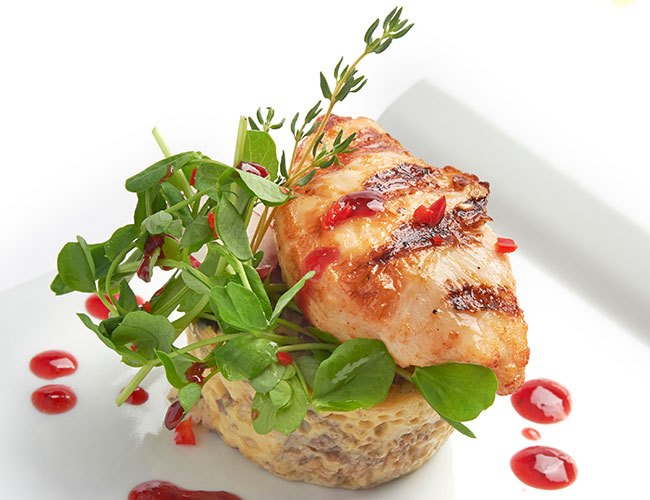
Chicken, any way you want it
The deep-fried sea creatures on offer at Mercato Metropolitano might not to be to every- body's taste, but another ingredient is: deep-fried chicken, of the type popularised by KFC. In London, Youtube reviewer 'The Chicken Connoisseur' caused hilarity before Christmas with his clever, witty reviews of some of the capital's cheaper fried chicken options. But this type of food is making a splash in fancier places, too. The most notable is probably Chick 'N' Sours, a two-venue chain (in Haggerston and Seven Dials) that combines fried chicken with sour cocktails. Elsewhere, hot wings - chicken wings that are deep-fried and then slathered with a mixture of hot sauce and butter - are a staple on the menus of many up-to-date pubs. Special offer evenings are common, such as 'Wings Wednesday' at the Draft House Tower Bridge, where 1lb of buffalo wings will set you back £5).
"White meat was always top of the consumer wish list, but in the past few years brown meat, in the form of drumsticks, thighs and wings, has shot up the scale," says Nigel Parkes, purchasing and marketing director at food products supplier Flagship Europe. "It's now just as popular with large chains as it is with the smaller independent outlets."
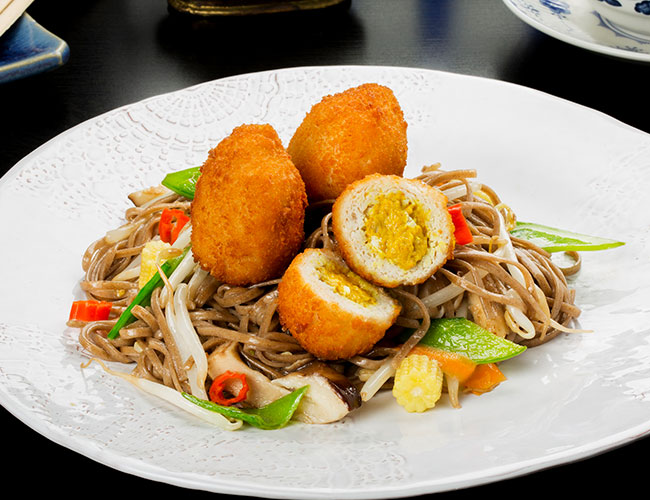
ording to poultry meat producer Moy Park, customers are increasingly adventurous when it comes to what they'll eat, but many choose to stick with chicken. "Casual-dining operators are increasingly under pressure to provide dishes that not only stand out from the crowd, but deliver on taste and value for money," says Frannie Santos-Mawdsley, senior customer marketing manager.
"Chicken makes up seven of the top 20 main course dishes eaten out of home [according to a recent Horizons Menurama Trend Report]. Consumers have a real appetite for chicken. Casual-dining classics like burgers and curries all benefit from chicken's popularity - but consumers are always on the lookout for new and exciting dishes."
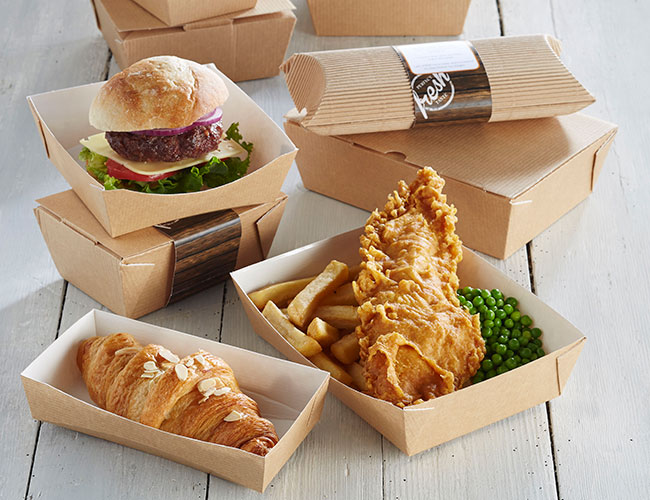
Pizza and beer, a natural partnership
Pizza has been around so long it often gets forgotten, but there's been a significant shift of late, with quality rising quickly. Deep-dish fatfests are out; thin and delicious is in. "If you want to look at how food has evolved in the UK, then pizzas are the perfect example," says Parkes. "Historically, consumers were offered pizzas in a non-authentic format with deep bases and an abundance of toppings. Today, however, thin, stone-baked bases with minimal toppings are increasingly popular and widely available. And although the toppings are used more sparingly, the quality is higher."
More and more pubs and restaurants are pairing high-end pizza with beer. The south London suburb of Honor Oak Park, for example, has not one but two places: Mama Dough, a restaurant, and the Chandos, a recently revived pub, where the offer is basically great pizza and craft beer. It's a combination that reflects how pizza is enjoyed in Italy (with beer, not wine) but also the growing popularity of craft beer.
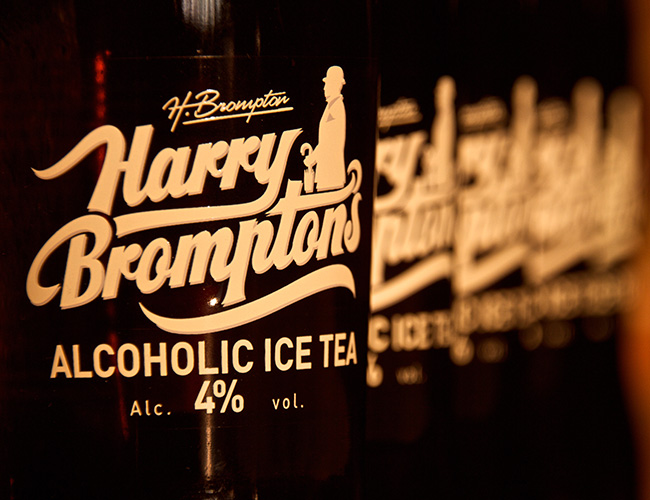
ham Richardson, general manager of importer and distributor Heathwick, says attention to detail is crucial when serving craft beer. "A beer list describing the flavour profiles and style of each beer is advised, as is beer and food pairing recommendations on the menu," he says. "Staff training is critical - not only should your staff understand the provenance, style and flavour profile of each beer you stock, but they should be able to answer pricing queries and explain why high-quality, imported bottled and canned beers are worthy of a premium price."
Craft beer has brought a lot of other products trailing in its wake, from high-end snacks to quality soft drinks, such as Harry Brompton's alcoholic ice tea. "Casual dining and the corresponding growth in demand for craft drinks has created the conditions for our ice tea to thrive," says Simon Green, commercial director at Tudor Drinks, brand owner of Harry Brompton.
"In the US, ready-to-drink ice tea has a market value of over $5.5b (£4.4b), but this is more than just a cut and paste exercise. The US trend needs to be translated and adapted for the UK. In the case of Harry Brompton's, that means taking a more premium route with all-natural ingredients and less sugar."
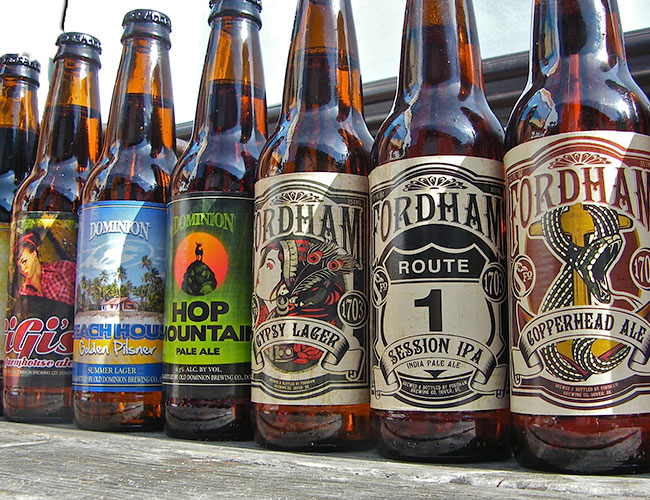
Most important of all: quality
Trends come and go, of course, but one thing seems to be permanent: an increasing focus on quality. "UK consumers are definitely a lot more educated about good quality food, because in the past 10 years the bar has been raised several notches," says Rasca, who is looking at potential spaces in London and other cities like Birmingham and Manchester for another street food market.
"In London there's not only a variety of food from all over the world, the quality is also incredibly high, so I think that UK consumers are becoming more and more aware of what a product and a meal should be."
